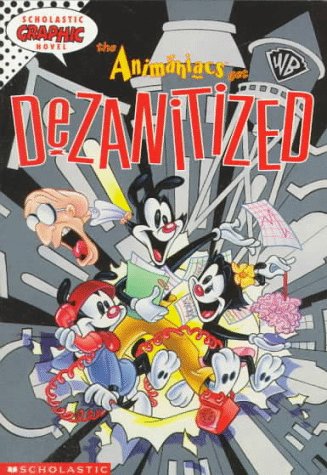Teacher Timesavers
3 total works
This book is designed to provide teachers of history at KS 1 and 2 with an easy to use, accessible resource book to supplement their teaching. The puzzles are seen as a self-maintaining activity that encourage children to do their own research. Activities promote knowledge and skill and cross curricular skills are encouraged through visual literarcy, literacy, observation, problem solving, and graphicacy. Many puzzles with historical context, such as anagrams, will enhance pupils language skills.
One of a series of photocopiable books designed to save busy primary teachers hours of preparation time, thus leaving them more time to teach, this book contains a collection of photocopiable activities which address a range of history skills, including empathy and sequencing. The book is divided into the two Key Stages. The illustrated sheets invite younger children to investigate and record their appreciation and understanding the first section encouraging an understanding of recent history and the passage of time, while older children are encouraged to use the sheets to develop their knowledge of the historical periods addressed in the Core and Supplementary Study Units. (CSUs and SSUs). It includes guidance to using the sheets and an explanation of how the book will help teachers implement the requirements of the National Curriculum.
Designed to complement any scheme in practice in schools, this collection of attractively-illustrated activities will provide an invaluable resource for all primary school teachers. This pack supports children through from Key Stage 1, where much history work will be set into local contexts, to Key Stage 2 where Local History is Study Unit 5 in the National Curriculum programme of study. The activities contain a mixture of generic and specific photocopiable sheets, but are applicable to every child no matter where they live. They are designed to help both teachers and children to identify the kind of local sources that can be used to increase knowledge of local history - including buildings and sites, drawings and photographs, written sources, maps, archives, place names, monuments, and even tombstones. A range of activities are included to allow for progression and differentation across the key stages.

